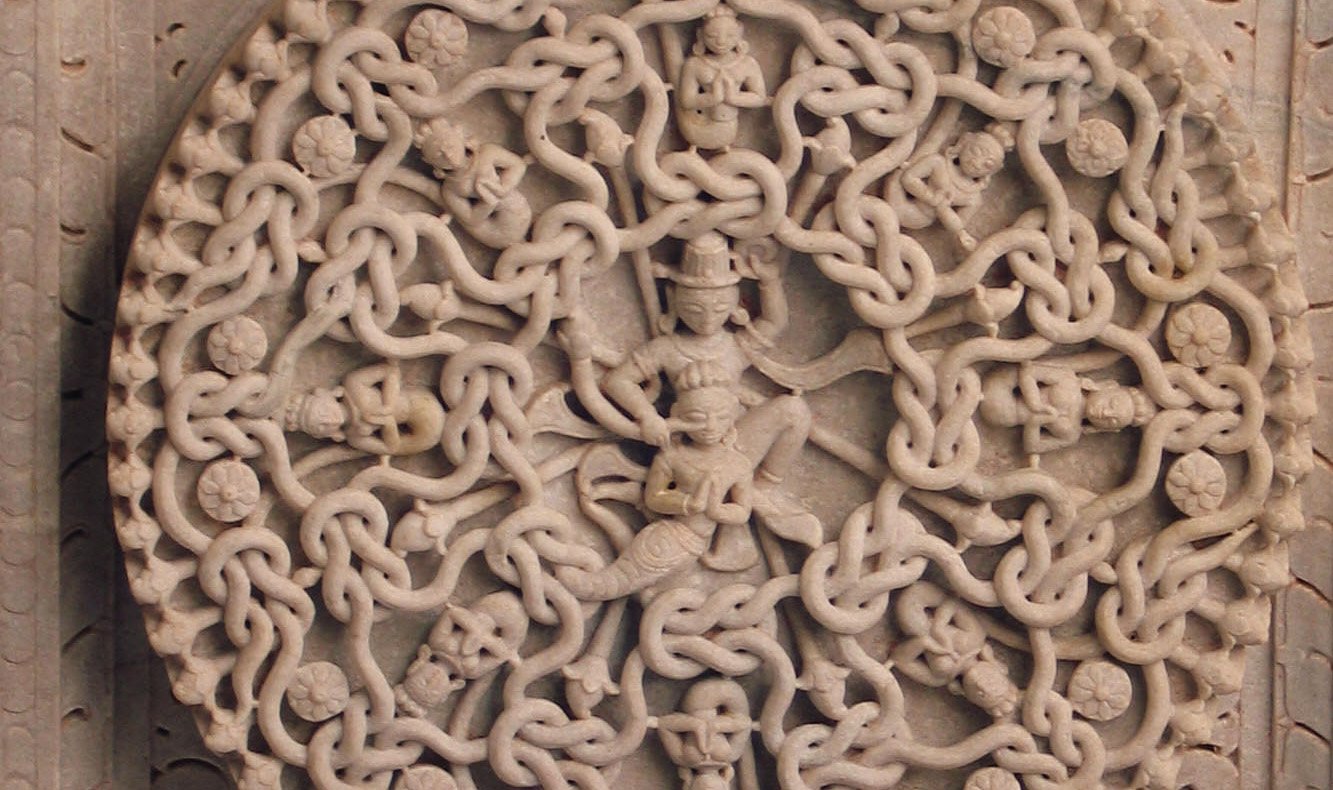The Role of the Jain Doctrine of Nonviolence in India
In today’s India, ahiṃsā (nonviolence) is present in all Dharmic religions. Persisting throughout three millennia, it transformed Indian life—its religions, politics, and culture. This literature review (1) examines historically significant tactics of exerted impact, (2) discusses original instigators, and (3) traces the interaction of traditions to arrive at the premise of expansion of the Jain ideals across major traditions in the context of (a) attitude towards all life and (b) sacrificial ritual.
Posted by Paula Kaminska
Indic Studies






